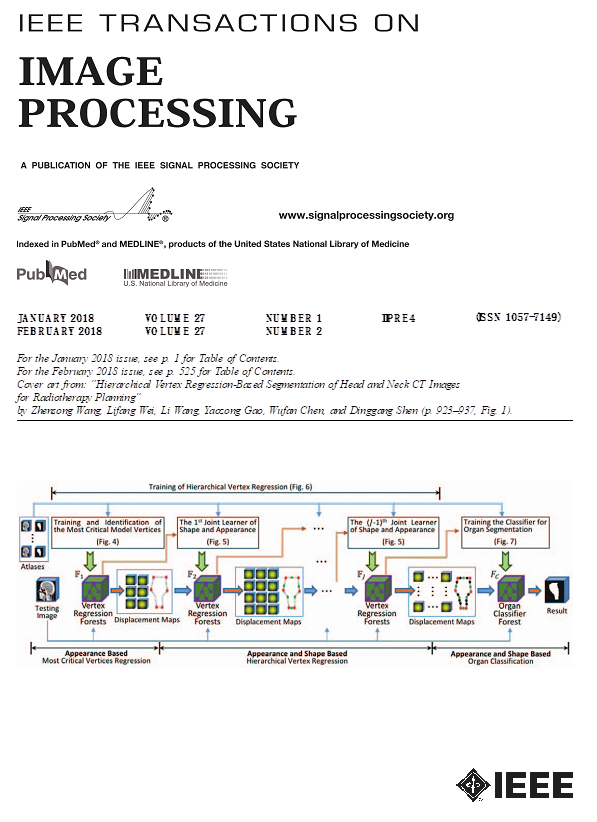URFusion:无监督统一退化-鲁棒图像融合网络。
IF 13.7
1区 计算机科学
Q1 COMPUTER SCIENCE, ARTIFICIAL INTELLIGENCE
引用次数: 0
摘要
当处理低质量的源图像时,现有的图像融合方法要么无法处理降级,要么仅限于特定的降级。本研究提出了一种无监督统一的退化鲁棒图像融合网络,称为URFusion,该网络在融合过程中可以均匀消除各种类型的退化,从而获得高质量的融合图像。URFusion由三个核心模块组成:内在内容提取、内在内容融合和外观表示学习与分配。它首先从受各种退化影响的图像中提取无退化的内在内容特征。然后,这些内容特征为优化融合网络提供了特征级而不是图像级的融合约束,有效地消除了退化残留物和对地面真相的依赖。最后,URFusion学习图像的外观表示,并将高质量图像的统计外观表示分配给内容融合结果,生成最终的高质量融合图像。对多曝光图像融合和多模态图像融合任务的大量实验表明,URFusion在融合性能和抑制多种类型的退化方面具有优势。代码可在https://github.com/hanna-xu/URFusion上获得。本文章由计算机程序翻译,如有差异,请以英文原文为准。
URFusion: Unsupervised Unified Degradation-Robust Image Fusion Network.
When dealing with low-quality source images, existing image fusion methods either fail to handle degradations or are restricted to specific degradations. This study proposes an unsupervised unified degradation-robust image fusion network, termed as URFusion, in which various types of degradations can be uniformly eliminated during the fusion process, leading to high-quality fused images. URFusion is composed of three core modules: intrinsic content extraction, intrinsic content fusion, and appearance representation learning and assignment. It first extracts degradation-free intrinsic content features from images affected by various degradations. These content features then provide feature-level rather than image-level fusion constraints for optimizing the fusion network, effectively eliminating degradation residues and reliance on ground truth. Finally, URFusion learns the appearance representation of images and assign the statistical appearance representation of high-quality images to the content-fused result, producing the final high-quality fused image. Extensive experiments on multi-exposure image fusion and multi-modal image fusion tasks demonstrate the advantages of URFusion in fusion performance and suppression of multiple types of degradations. The code is available at https://github.com/hanna-xu/URFusion.
求助全文
通过发布文献求助,成功后即可免费获取论文全文。
去求助
来源期刊

IEEE Transactions on Image Processing
工程技术-工程:电子与电气
CiteScore
20.90
自引率
6.60%
发文量
774
审稿时长
7.6 months
期刊介绍:
The IEEE Transactions on Image Processing delves into groundbreaking theories, algorithms, and structures concerning the generation, acquisition, manipulation, transmission, scrutiny, and presentation of images, video, and multidimensional signals across diverse applications. Topics span mathematical, statistical, and perceptual aspects, encompassing modeling, representation, formation, coding, filtering, enhancement, restoration, rendering, halftoning, search, and analysis of images, video, and multidimensional signals. Pertinent applications range from image and video communications to electronic imaging, biomedical imaging, image and video systems, and remote sensing.
 求助内容:
求助内容: 应助结果提醒方式:
应助结果提醒方式:


